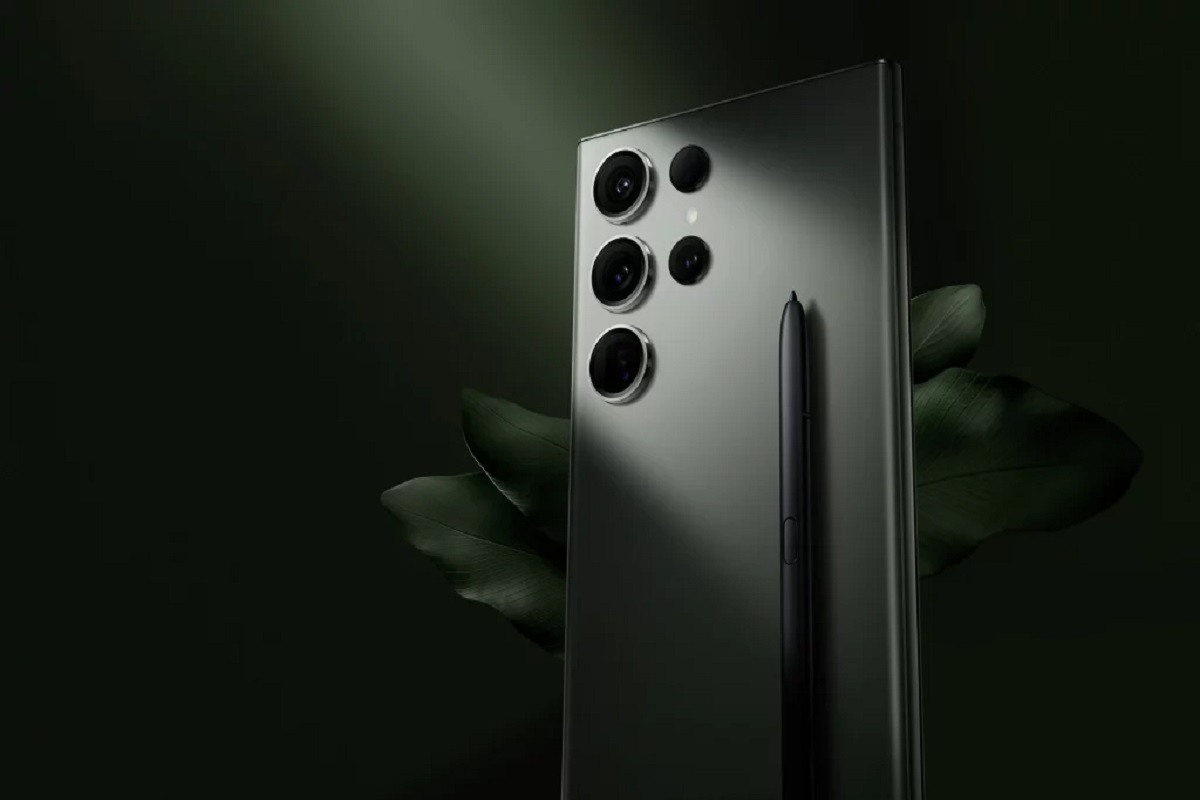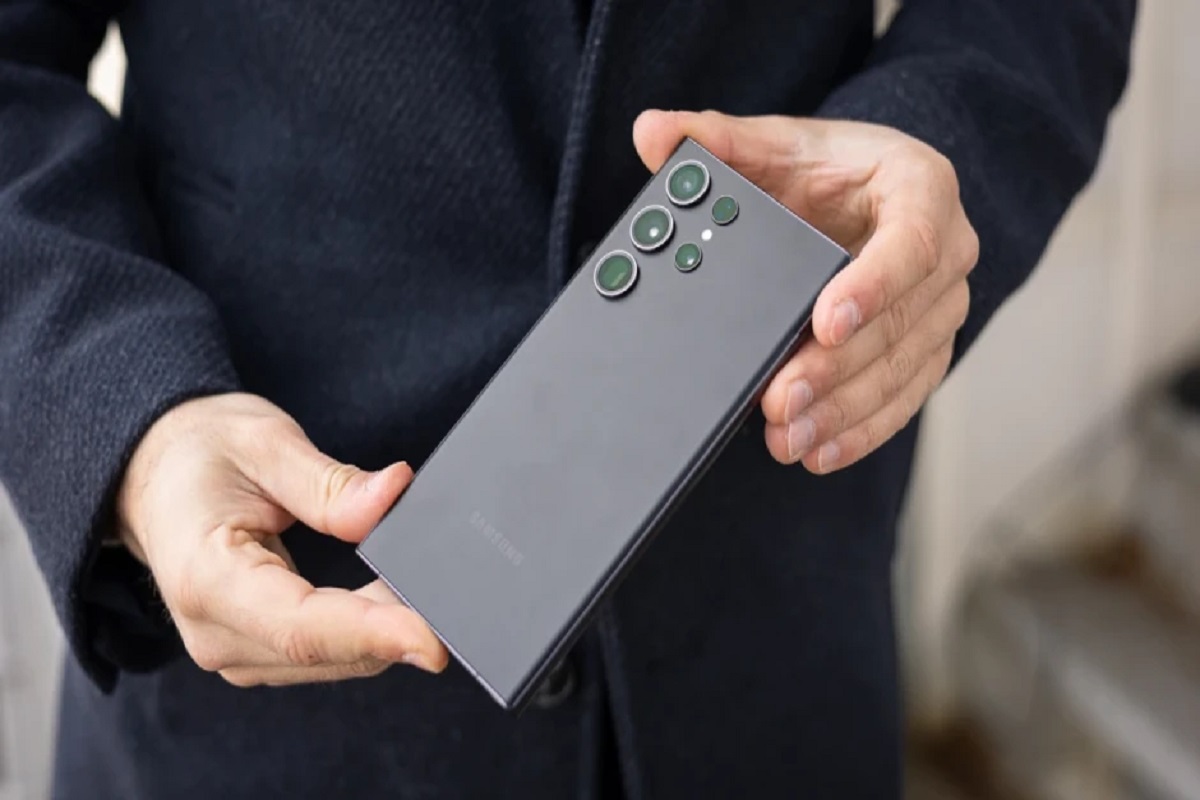Stacked battery technology is a new way of making batteries for smartphones. Instead of placing battery cells side-by-side, they are stacked on top of each other. This allows for more battery capacity without making the phone bigger.

The advantages of stacked battery technology are exciting. Firstly, it means smartphones can have a bigger battery without becoming bulkier. This is great because users want their phones to last longer on a single charge. Secondly, stacked batteries can charge faster because multiple battery cells can be charged together.
For example, the Samsung Galaxy S24 series is rumored to be one of the first phones to use stacked battery technology. The Galaxy S24 is expected to have a larger 5,000mAh battery compared to the Galaxy S23, but the phone’s size won’t increase.
Currently, most batteries in smartphones are made using winding technology. Winding batteries are made by rolling the positive and negative parts together like a spiral. This method is simple and cheap, but it has some problems. For instance, the battery cells can have uneven stress, which might cause them to fail prematurely.
Stacked battery technology improves on this by stacking the positive and negative parts on top of each other. This creates a more balanced structure inside the battery, making it perform better and last longer.
Here are the potential benefits of stacked battery charging:
1. Longer battery life: Stacked batteries can increase the capacity of a smartphone’s battery by up to 50%, meaning the phone can last longer between charges.
2. Faster charging speeds: Stacked batteries allow for faster charging because multiple cells can be charged at the same time, reducing the overall charging time.
3. Smaller phones: With stacked batteries, phones can be made smaller without sacrificing battery life. The batteries take up less space since they are stacked closely together.

However, there are some challenges with stacked battery technology:
1. Cost: Stacked batteries are more expensive to make compared to traditional batteries. The process of stacking and aligning the cells precisely adds to the manufacturing costs.
2. Safety: If not properly managed, stacked batteries can overheat and become a safety risk. This is why proper cooling mechanisms are essential.
3. Reliability: Stacked battery technology is relatively new, and its long-term performance is not yet fully understood due to limited data from smartphone usage.
Samsung is reportedly planning to use stacked batteries in their Galaxy S24 series, and Apple’s iPhone 15 series may also adopt this technology. However, due to limited production capabilities, this feature might be exclusive to certain models. To address potential safety concerns, the Galaxy S24 Ultra is rumored to have cooling gel within the stacked
